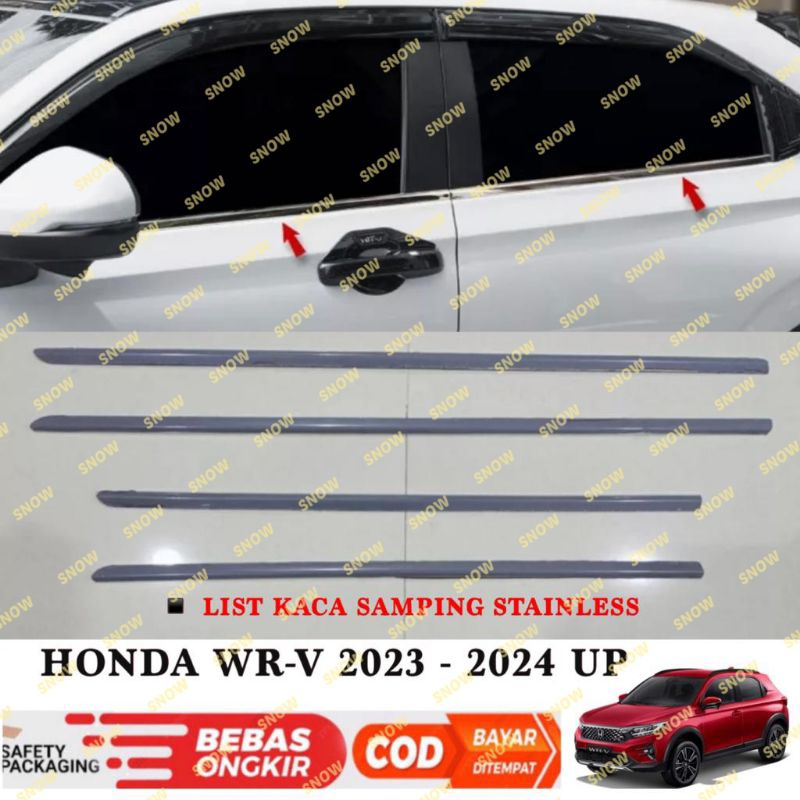Comprehending The Differences In Between OEM And Aftermarket Windshields
When it involves replacing a windscreen, automobile owners are typically faced with an essential choice: picking between an Initial Equipment Maker (OEM) windscreen and an aftermarket windscreen. While both alternatives serve the fundamental objective of protecting the motorist and guests, they vary in numerous vital facets that can affect safety, cost, and efficiency. Comprehending these distinctions can help auto owners make informed decisions that ideal suit their demands and conditions.
OEM windshields are generated by the very same manufacturers that provided the original glass for the car when it was first constructed. These windshields are made to match the specific specs and requirements established by the vehicle producer. This suggests they are identical in regards to size, shape, density, color, and even attributes such as tinting and UV protection. Due to the fact that they are made to the specific requirements of the lorry, OEM windshields are usually considered the gold requirement in regards to fit and finish.
One of the primary benefits of picking an OEM windscreen is the assurance of top quality and compatibility. Because these windshields are made by the initial provider, they are assured to fit completely and work as planned. This is especially vital for cars equipped with advanced driver-assistance systems (ADAS), which rely upon specific windscreen specs for optimum efficiency. Imbalance or wrong sizing can lead to breakdowns in systems such as lane separation warnings and automatic stopping.
However, the high top quality and accuracy of OEM windscreens come at a price. They are generally extra expensive than their aftermarket counterparts, which can be a considerable consideration for budget-conscious customers. In addition, OEM windshields may not always be conveniently offered, specifically for older or less typical vehicle versions, leading to potential hold-ups in replacement.
On the various other hand, aftermarket windscreens are generated by third-party suppliers and are not connected with the initial cars and truck supplier. These windscreens are made to fit a vast array of lorries and are often much more economical than OEM alternatives. The price financial savings can be considerable, making aftermarket windscreens an attractive choice for those aiming to lessen expenditures.
In spite of the expense advantages, aftermarket windshields can differ dramatically in terms of top quality and fit. Because they are not made to the specific specifications of the initial vehicle, there is a danger of inappropriate fitment, which can result in issues such as leakages, wind sound, and even endangered structural honesty. If you have any kind of queries concerning exactly where in addition to the best way to make use of harga ganti kaca depan mobil, you possibly can call us at the page. The high quality of products made use of in aftermarket windshields can vary, potentially impacting sturdiness and quality.
One more consideration is the influence on automobile service warranties and insurance coverage. Some car makers and insurance policy plans might call for OEM parts for fixings to maintain service warranty coverage or to make sure full insurance benefits. It is crucial for cars and truck owners to assess their guarantee and insurance coverage terms prior to selecting an aftermarket windscreen to avoid prospective difficulties.
Safety is one more critical element to think about when choosing in between OEM and aftermarket windshields. The windscreen is a critical part of a lorry's structural integrity, specifically in the event of a rollover mishap. An appropriately fitted and mounted windshield can avoid the roofing system from collapsing and secure the residents. While both OEM and high-grade aftermarket windshields can supply ample safety, the danger of inappropriate installation or subpar materials is typically higher with aftermarket options.
Eventually, the choice in between OEM and aftermarket windscreens depends upon specific top priorities and situations. For those that prioritize quality, fit, and compatibility, and want to buy their automobile's lasting efficiency, an OEM windshield may be the very best selection. Conversely, for those who are a lot more budget-conscious and eager to accept possible trade-offs in fit and surface, an aftermarket windscreen can provide a cost-effective service.
Finally, both OEM and aftermarket windshields have their particular benefits and negative aspects. Car owners need to weigh elements such as price, schedule, high quality, and safety and security when making their decision. Consulting with a relied on car glass specialist can additionally give important understandings and referrals based on the details requirements of the car and the driver's preferences. By recognizing the distinctions between OEM and aftermarket windscreens, auto proprietors can make educated options that ensure their security and contentment when traveling.
When it comes to replacing a windshield, vehicle owners are often faced with a critical choice: choosing in between an Initial Devices Supplier (OEM) windshield and an aftermarket windscreen. OEM windscreens are created by the exact same makers that provided the initial glass for the vehicle when it was initial constructed. Security is one more essential element to take into consideration when picking in between OEM and aftermarket windscreens. Ultimately, the choice in between OEM and aftermarket windshields depends on specific priorities and circumstances. In conclusion, both OEM and aftermarket windscreens have their respective benefits and drawbacks.
Group activity
No activity
Group blogs
No blog posts
Group discussions
No discussions
Group bookmarks
No bookmarks
Group files
No files.
Group pages
No pages created yet
